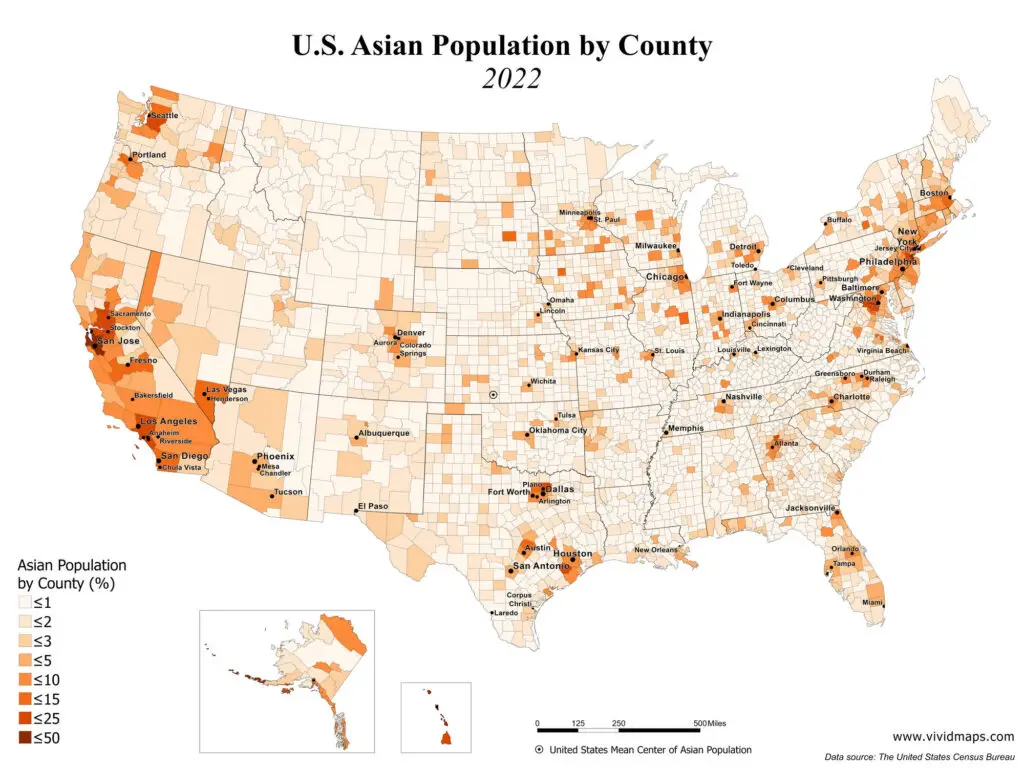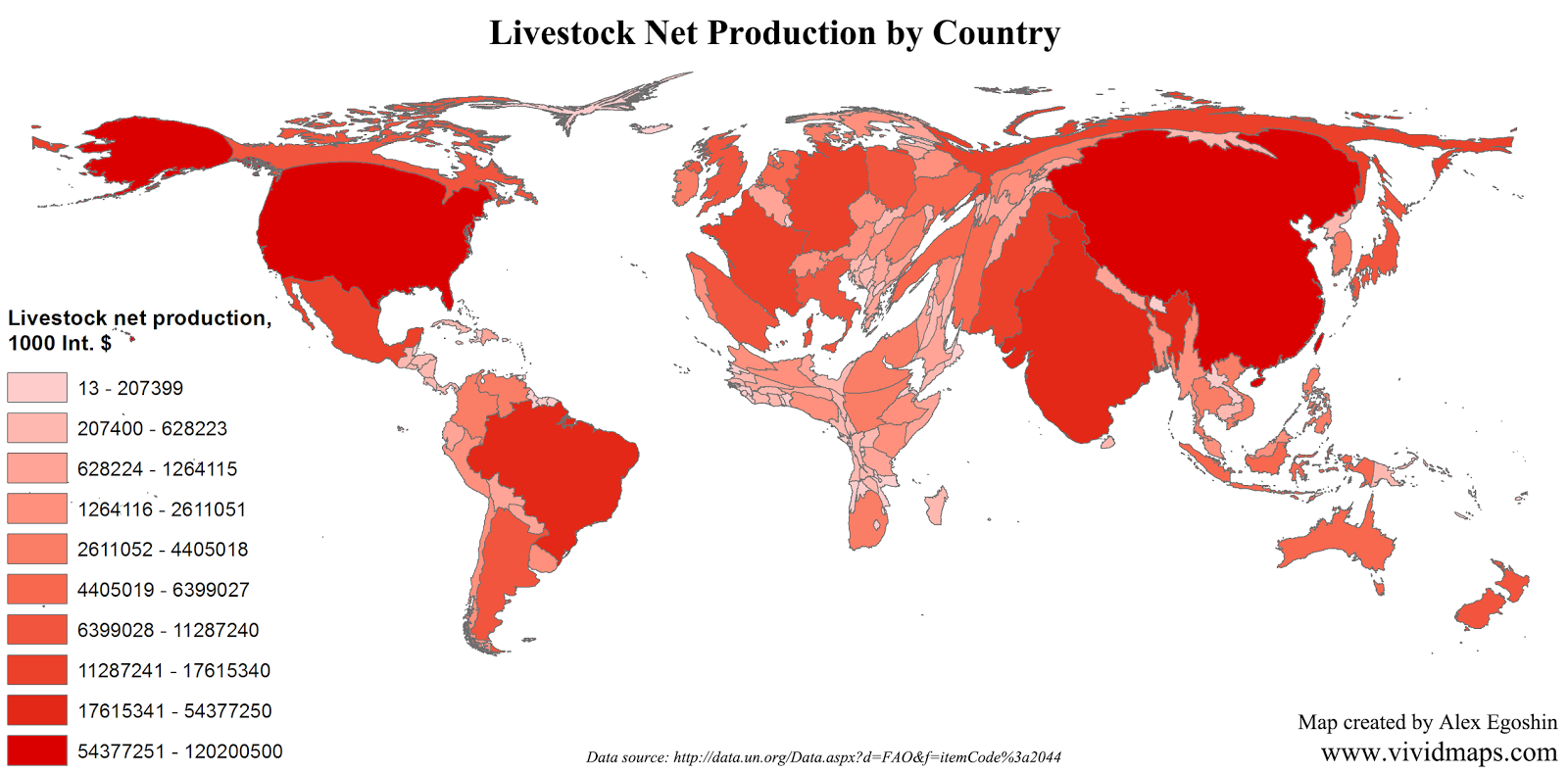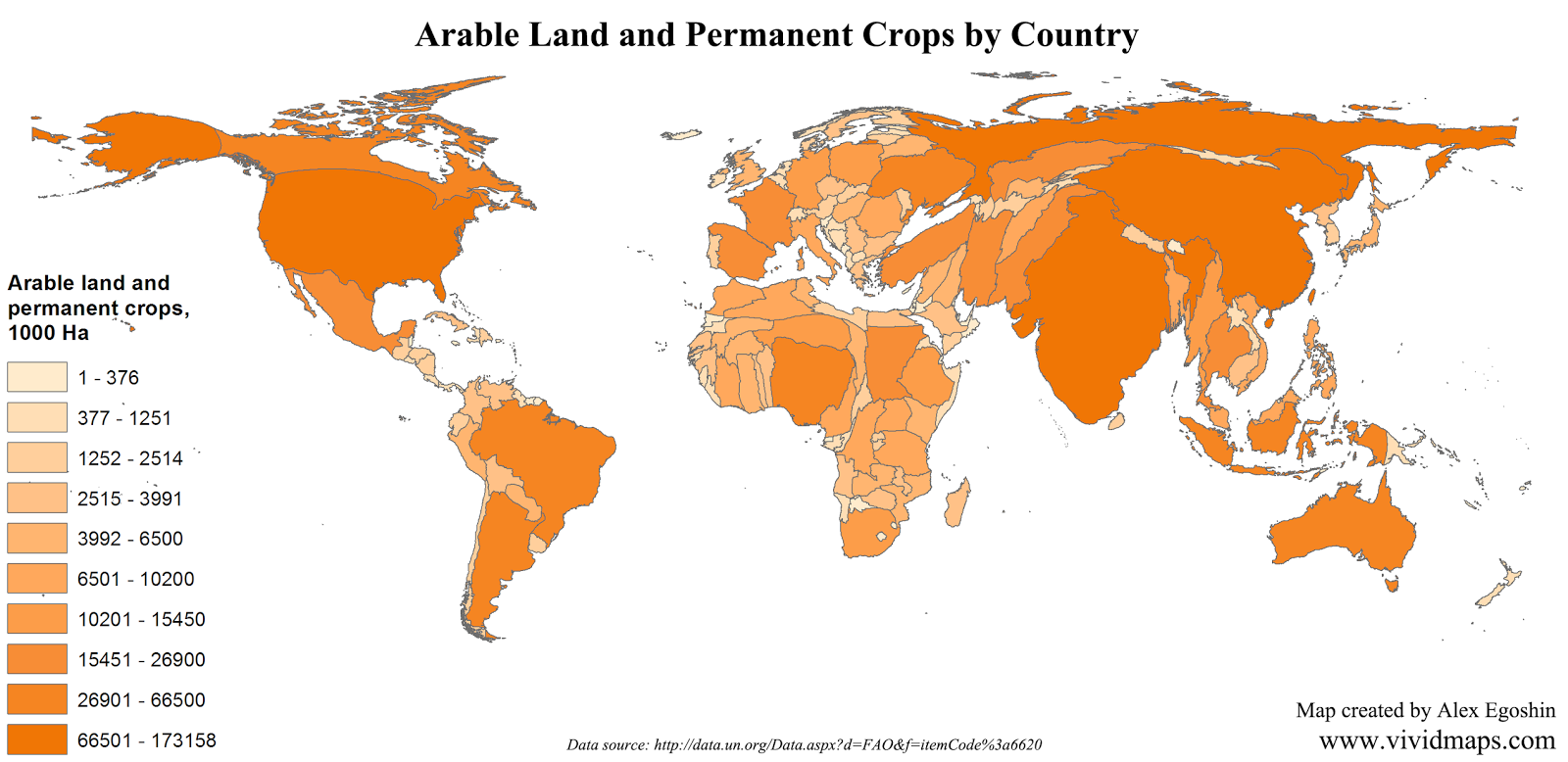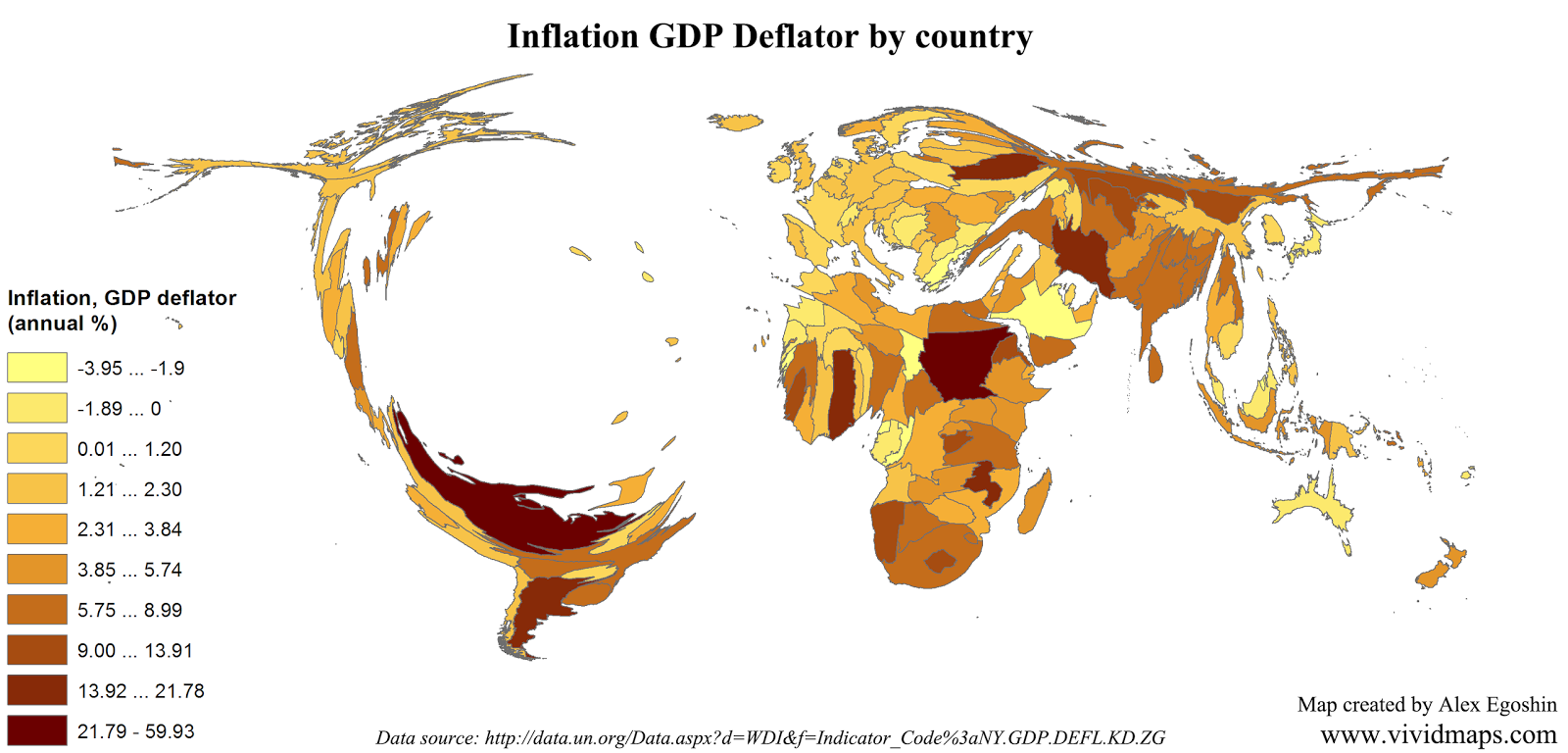Understanding the U.S. Asian Population: A Comprehensive Overview
Asian Americans are a diverse and dynamic group contributing significantly to the cultural, economic, and social fabric of the United States. They bring a rich heritage that includes a wide array of languages, traditions, and histories. The Asian American community is composed of numerous ethnic groups, each with its own unique background and experiences.
Table of Contents
Ethnic Composition of the U.S. Asian Population
The U.S. Asian population is composed of various ethnic groups, each with its unique cultural and historical backgrounds. The largest groups include:
- Chinese Americans: The largest subgroup, making up about 23% of the Asian American population.
- Indian Americans: Comprising around 20% of the population.
- Filipino Americans: Representing approximately 18%.
- Vietnamese Americans: Accounting for about 10%.
- Korean Americans: Around 9%.
- Japanese Americans: Making up about 7%.
Other significant groups include Pakistani, Cambodian, Hmong, Laotian, Thai, and Indonesian Americans.
Population Size and Percentage of Asians in the U.S.
As of the latest estimates, there are approximately 24 million Asian Americans residing in the United States. This number reflects a significant increase over the past few decades, driven by immigration and higher birth rates compared to the national average. Asian Americans make up about 7.2% of the total U.S. population. This percentage has been steadily rising, reflecting the growing influence and presence of Asian Americans in various sectors of society.
Spatial Distribution of Asians Throughout the Country
Asian Americans are not evenly distributed across the United States. They are predominantly concentrated in urban areas and states with large immigrant populations. The highest concentrations are found in:
- California: Home to the largest Asian population, with significant communities in cities like Los Angeles, San Francisco, and San Jose.
- New York: Particularly in New York City, which has vibrant Chinatown and other Asian neighborhoods.
- Texas: Especially in cities like Houston and Dallas.
- New Jersey: Notably in areas like Edison and Jersey City.
- Washington: Seattle is a major hub for Asian Americans.
The map of the United States below, created using U.S. census data, shows the Asian population by county in 2022.

The counties with the highest percentages of Asian Americans are often found in metropolitan areas. Below is a table illustrating the top 10 counties in the U.S. with the highest percentage of Asians according to the 2022 U.S. Census.
| Rank | County | State | Percentages of Asians |
|---|---|---|---|
| 1 | Aleutians East Borough | Alaska | 46.4 |
| 2 | Honolulu County | Hawaii | 42.6 |
| 3 | Santa Clara County | California | 41.4 |
| 4 | Aleuians West Census Area | Alaska | 38.6 |
| 5 | San Francisco County | California | 37.3 |
| 6 | Alameda County | California | 34.5 |
| 7 | San Mateo County | California | 32.8 |
| 8 | Kauai County | Hawaii | 30.1 |
| 9 | Maui County | Hawaii | 28.6 |
| 10 | Queens County | New York | 27.9 |
In contrast, states and counties with smaller populations tend to have lower percentages of Asian Americans. Rural areas in the Midwest and the South typically have the lowest percentages.
Historical Changes in the Asian American Population
The Asian American population has seen substantial growth over the past few decades. In 1990, the Asian population was about 7.3 million, representing just 2.9% of the total U.S. population. By 2022, this number had more than tripled to 24 million, reflecting both natural increase and significant immigration. The animated map of the United States below shows changes in the Asian population from 1990 to 2022.
Additional Insights
- Educational Attainment: Asian Americans have the highest educational attainment levels among all racial groups in the U.S., with a significant proportion holding advanced degrees.
- Economic Contributions: Asian Americans play a crucial role in the U.S. economy, with high representation in various professional fields such as technology, medicine, and business.
- Cultural Impact: From cuisine and fashion to entertainment and technology, Asian Americans significantly influence American culture.
Interested in learning more about Asian Americans? Check out these recommended books.








